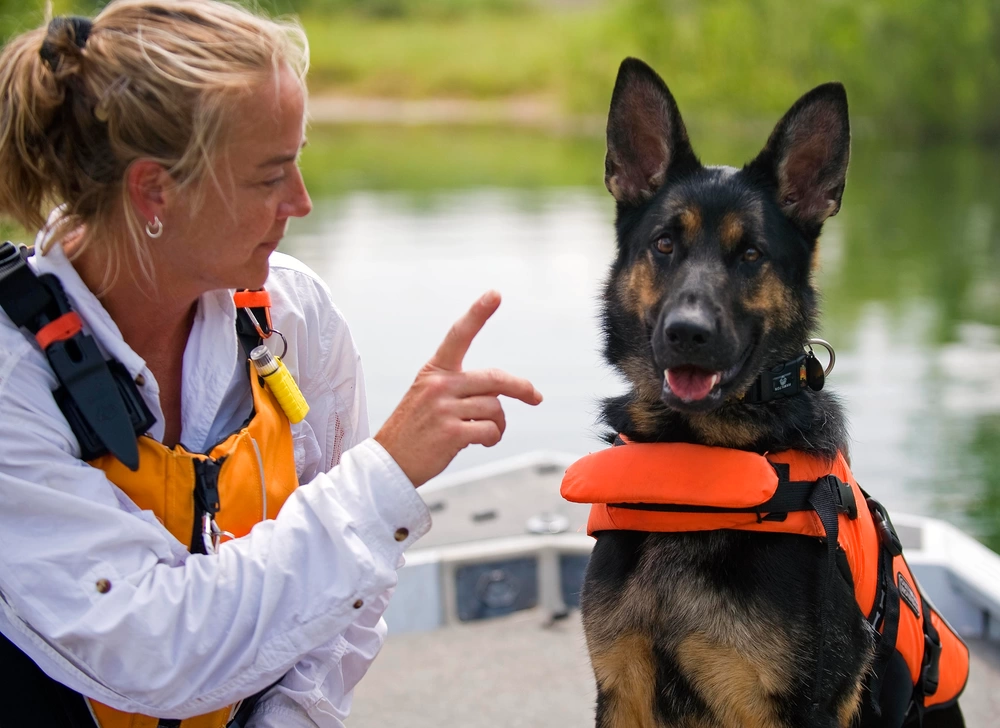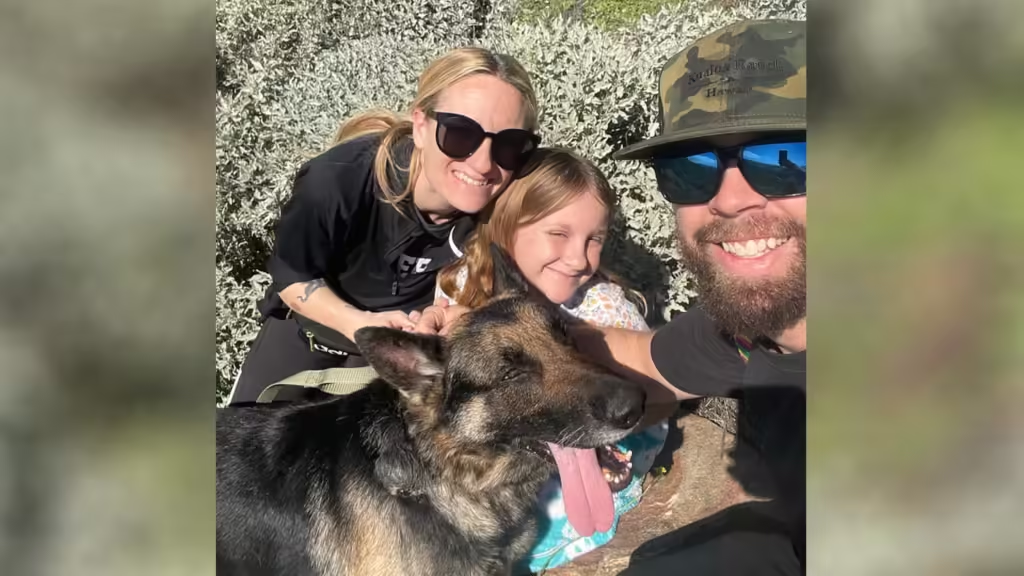German Shepherd Rescue: Giving These Noble Dogs a Second Chance
Introduction
Adopting a German Shepherd from a rescue organization is a noble and rewarding decision that can change not only a dog’s life but also enrich your own. German Shepherds in rescue shelters come from various backgrounds and deserve a second chance at a loving home. This comprehensive guide will provide you with everything you need to know about German Shepherd rescue, helping you make an informed decision and prepare for your new companion.

Section 1: Overview of German Shepherd Rescue
German Shepherd rescues focus on saving and rehoming dogs that have been abandoned, neglected, or surrendered by their owners. These organizations work tirelessly to provide these dogs with the care and rehabilitation they need before finding them new homes.
The Rescue Process
- Intake: Dogs are taken in from shelters, owner surrenders, or as strays.
- Medical Evaluation: Each dog receives a thorough health check and necessary treatments.
- Behavioral Assessment: Professionals evaluate the dog’s temperament and behavior.
- Rehabilitation: Dogs receive training and socialization as needed.
- Foster Care: Many dogs are placed in foster homes to prepare for adoption.
- Adoption: Suitable homes are found through a careful matching process.
Rescue organizations often collaborate with foster homes, veterinary clinics, and trainers to ensure the dogs are healthy and well-adjusted before adoption. The process involves thorough screening of potential adopters to match the dogs with suitable homes.
Statistics on German Shepherd Rescue
According to the American Society for the Prevention of Cruelty to Animals (ASPCA):
- Approximately 3.3 million dogs enter U.S. animal shelters nationwide every year.
- German Shepherds make up about 5% of shelter dog populations.
- The average age of German Shepherds in rescue is 3-5 years old.

Section 2: Benefits and Importance of German Shepherd Rescue
Adopting a German Shepherd from a rescue has numerous benefits, both for the dog and the adopter.
Benefits for the Dog
- Second Chance at Life: Many rescued German Shepherds come from difficult situations and are given a new lease on life through adoption.
- Medical Care: Rescue organizations ensure all dogs receive necessary medical treatments before adoption.
- Behavioral Rehabilitation: Many rescues provide training and socialization to help dogs become well-adjusted companions.
Benefits for the Adopter
- Comprehensive Information: Rescued dogs often come with a wealth of background information provided by the rescue organization, including health records and behavioral assessments.
- Cost-Effective: Adoption fees are typically much lower than purchasing from a breeder and often include initial veterinary care.
- Support Network: Many rescues offer ongoing support and resources for adopters.
- Adult Dogs Available: For those not wanting to go through the puppy phase, rescues often have adult dogs available.
Importance of Rescue Adoption
- Reducing Overpopulation: Adopting from a rescue helps reduce the number of homeless pets.
- Combating Puppy Mills: Rescue adoption discourages the operation of puppy mills and unethical breeders.
- Community Impact: Supporting local rescues strengthens animal welfare efforts in your community.
A study by the National Council on Pet Population Study and Policy found that dogs adopted from rescues have a 93% retention rate in their new homes, indicating the success of rescue adoptions.
[Image suggestion: A before-and-after photo series showing the transformation of a rescued German Shepherd from intake to adoption]
Section 3: Detailed Guide to Adopting a German Shepherd from Rescue
Finding a Rescue
- Research: Start by researching German Shepherd rescue organizations in your area. Use online directories such as Petfinder.com or AdoptAPet.com.
- Local Shelters: Check with local animal shelters, as they may have German Shepherds or can refer you to breed-specific rescues.
- Breed Clubs: The German Shepherd Dog Club of America maintains a list of approved rescues.
- Social Media: Many rescues have active social media presences where they showcase available dogs.
Preparing Your Home
Before bringing your new dog home, ensure you have all the necessary supplies:
- Quality dog food appropriate for the dog’s age and health status
- Food and water bowls
- Comfortable bed
- Leash, collar, and ID tags
- Toys for mental stimulation
- Grooming tools
- Crate or safe space for the dog to retreat
Create a safe and comfortable space for the dog to settle in, removing any potential hazards.
The Adoption Process
- Application: Fill out a detailed adoption application. Be honest about your lifestyle and experience with dogs.
- Interview: Many rescues conduct phone or in-person interviews to assess your suitability.
- Home Visit: Some organizations require a home visit to ensure your living situation is appropriate for a German Shepherd.
- Meet and Greet: Arrange to meet the dog you’re interested in adopting. Some rescues require multiple visits.
- Adoption Fee: Be prepared to pay an adoption fee, which typically ranges from $150 to $500, depending on the organization and the dog’s age and health status.
- Adoption Contract: Review and sign an adoption contract, which often includes agreements about the dog’s care and what to do if you can no longer keep the dog.
Section 4: Comparing Rescue Organizations
When choosing a rescue organization, consider the following factors:
Reputation and Transparency
- Look for organizations with good reviews and a track record of successful adoptions.
- Reputable rescues should be transparent about their policies and procedures.
Health and Behavioral Protocols
- Inquire about the medical care provided to the dogs.
- Ask about behavioral assessments and any training provided.
Adoption Fees and What They Cover
Compare adoption fees and what they include. Most reputable rescues include:
- Spaying/neutering
- Vaccinations
- Microchipping
- Initial health check
Post-Adoption Support
Look for rescues that offer:
- Training resources
- Medical support or insurance options
- A return policy if the adoption doesn’t work out
Comparison Table of Local Rescues (Example)
| Rescue Name | Adoption Fee | Included Services | Post-Adoption Support |
|---|---|---|---|
| Rescue A | $300 | Spay/neuter, vaccinations, microchip | 30 days of pet insurance, training resources |
| Rescue B | $250 | Spay/neuter, vaccinations, dental cleaning | Lifetime return policy, behavior hotline |
| Rescue C | $350 | All medical care, professional training | 90 days of follow-up support, training classes |
Section 5: Tips and Best Practices for Adopting a Rescued German Shepherd
Patience and Understanding
Rescued German Shepherds may need time to adjust to their new environment. Be patient and understanding as they settle in. A study in the Journal of Veterinary Behavior found that it can take rescue dogs anywhere from a few days to several months to fully acclimate to a new home.
Tips for a Smooth Transition:
- Establish a routine quickly
- Provide a quiet, safe space for the dog
- Introduce new experiences gradually
Training and Socialization
Continue training and socializing your dog to help them become well-behaved and confident. German Shepherds are intelligent and eager to please, making them highly trainable.
Recommended Training Approaches:
- Positive reinforcement techniques
- Consistency in commands and rules
- Regular socialization with people and other animals
Regular Health Check-ups
Schedule regular veterinary visits to monitor your dog’s health and address any issues promptly. German Shepherds can be prone to certain health issues, including:
- Hip and elbow dysplasia
- Degenerative myelopathy
- Bloat
Recommended Health Maintenance:
- Annual check-ups and vaccinations
- Regular dental care
- Appropriate diet and exercise regimen
Exercise and Mental Stimulation
German Shepherds are active, intelligent dogs that require both physical exercise and mental stimulation.
Daily Exercise Recommendations:
- 1-2 hours of physical activity
- Interactive play sessions
- Training exercises for mental stimulation

Conclusion
Adopting a German Shepherd from a rescue is a commendable decision that can bring immense joy and fulfillment to both you and the dog. By providing a loving home to a dog in need, you’re not only changing that dog’s life but also making a positive impact on the broader issue of pet homelessness.
Remember that adopting a rescue dog may come with challenges, but the rewards of seeing your new companion thrive in a loving home are immeasurable. With patience, understanding, and proper care, your rescued German Shepherd can become a loyal, loving member of your family for years to come.
By following the guidelines in this comprehensive guide, you’ll be well-prepared to navigate the adoption process and provide the best possible home for your new German Shepherd. Whether you’re drawn to the breed for its intelligence, loyalty, or versatility, a rescued German Shepherd can make an excellent addition to the right home.
Take the time to research, prepare, and commit to the lifelong care of your new companion. The love and gratitude you’ll receive from your rescued German Shepherd will be more than worth the effort.







